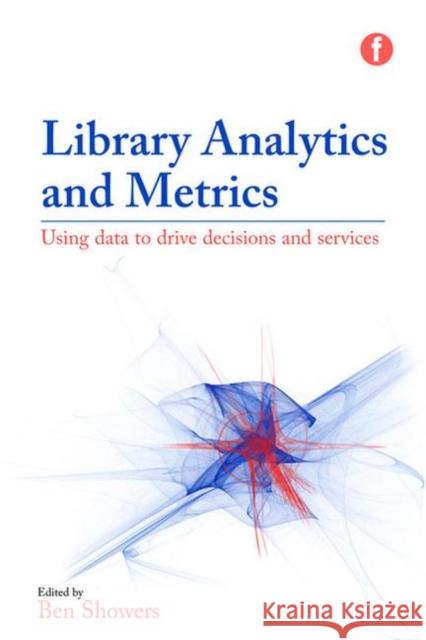Library Analytics and Metrics: Using Data to Drive Decisions and Services » książka
Library Analytics and Metrics: Using Data to Drive Decisions and Services
ISBN-13: 9781856049658 / Angielski / Miękka / 2015 / 224 str.
This book will enable libraries to make informed decisions, develop new services and improve user experience by collecting, analysing and utilising data. With the wealth of data available to library and information services, analytics are the key to understanding your users and your field of operations better and improving the services that you offer. This book sets out the opportunities that analytics present to libraries, and provides inspiration for how they can use the data within their systems to help inform decisions and drive services. Using case studies to provide real-life examples of current developments and services, and packed full of practical advice and guidance for libraries looking to realise the value of their data, this will be an essential guide for librarians and information professionals. This volume will bring together a group of internationally recognised experts to explore some of the key issues in the exploitation of data analytics and metrics in the library and cultural heritage sectors, including: * The role of data in helping inform decision making * Approaches to collecting, analysing and utilising data * Using analytics to develop new services and improve the user experience * The opportunities of library data as 'big data' * The role of 'small data' in delivering meaningful interventions for users * Practical advice on managing the risks and ethics of data analytics * How analytics can help uncover new types of impact and value for institutions and organisations. Readership: This book will be an invaluable resource to librarians and library directors interested in developing a data-driven approach to their service provision and decision making, and to those involved in the delivery and development of services, management of library systems and infrastructure as well as those who liaise with students and researchers. Students on library and information science courses will find this a useful tool. The book will also be of relevance to those managers and practitioners in other cultural heritage sectors such as museums, archives and galleries.











